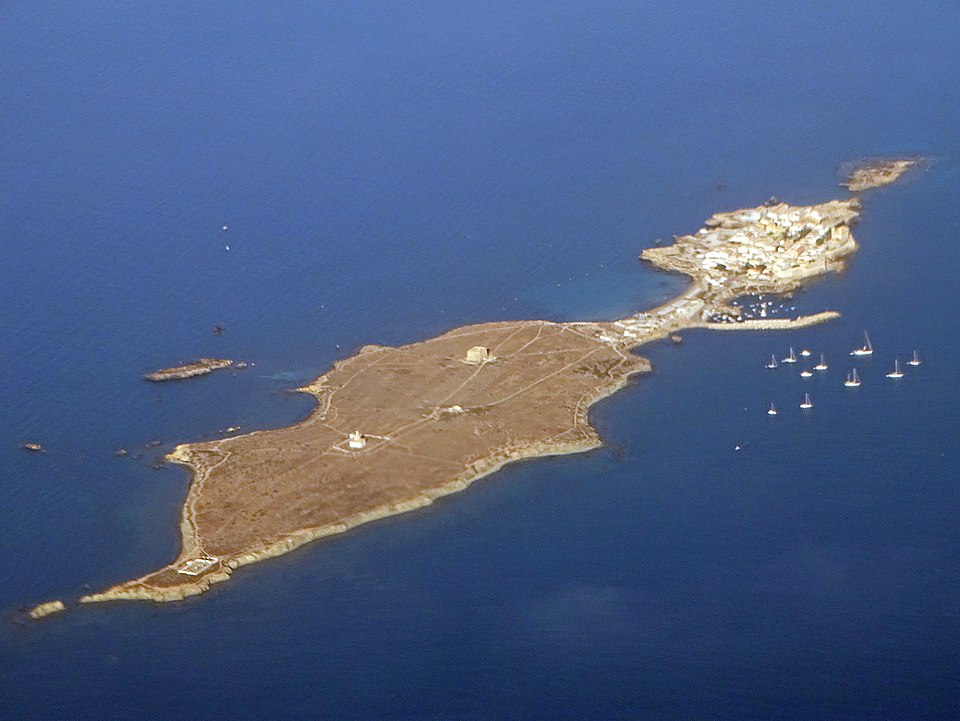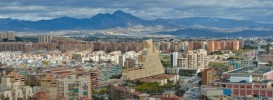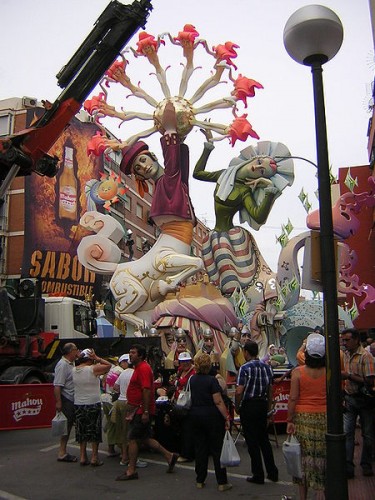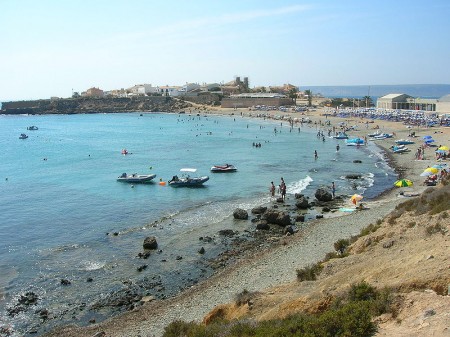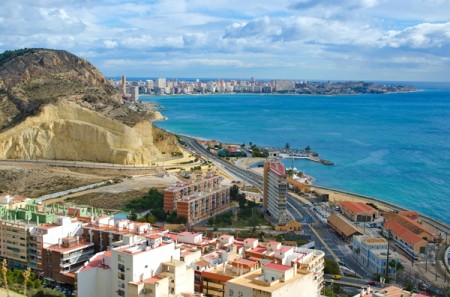Located eleven miles south of Alicante, this guitar-shaped island is actually a geographical prolongation of Cape Santa Pola with a total area of 30 hectares, a length of 1800m and a maximum width of 450m.
The island has a curious history, having been mentioned by the Greek historians Strabo and Ptolemy, and believed to be the island that St Paul disembarked on, giving his name to the settlement established here before it became a refuge for Berber pirates in the Middle Ages. In 1760, King Carlos III ordered a fortification to be built here and it was later colonised with 600 Genoan fishermen released from the Tunisian port of “Tabarka” near Algeria, giving a new name to the island, hitherto called simply “Isla Plana” (Flat Island) or “Planesia” due to its flatness. The Genoans were released following an agreement made by the monarch on 8 December 1768. They settled the island with their families, and for this reason people on the island of Tabarca today still preserve surnames of Italian origin (Parodi, Ruso, Chacopino…).
The fortified enclosure, listed as a National Historic Artistic Complex in 1964, is an interesting example of a fortified city following 18th-century urban designs. Still viewable are its gateways, the governor’s house – now converted into a hotel –, the Church of St Peter and St Paul, concluded in 1779, as well as St Joseph’s Tower, located outside the urban perimeter and dating from the second half of the 19th century. The absence of automobiles, its clear transparent water, and the traditional fishermen’s cuisine all make Tabarca a delightful place to visit, with boats leaving daily from Alicante Harbour, the fastest of which only take 45 minutes to reach the island.
